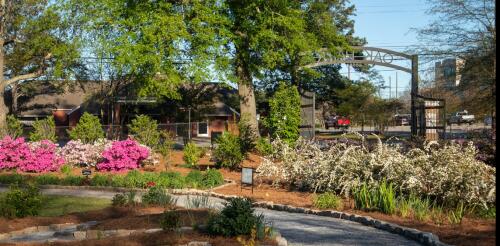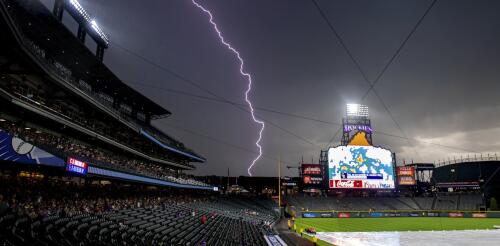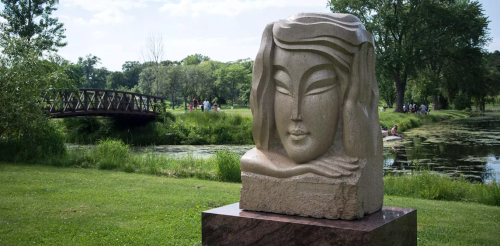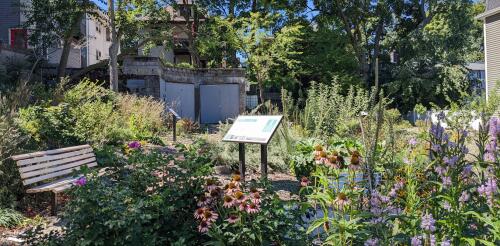Parks
Montgomery, Alabama, touts itself as the birthplace of the U.S. Civil Rights Movement. But although Montgomery now embraces its history of bus boycotts and protest marches, it remains one of the most segregated U.S. cities, and still struggles with racial inequality. Today, Montgomery’s population is almost 60% Black. The poverty rate among Black residents is 30.8%, compared to 10.6% among white residents. The city’s infrastructure is deteriorating, and its tax base is shrinking. Cities with histories of segregation tend to suffer more from systemic racism that remains in the veins of their planning laws and policies. As a scholar of urban design and planning, I wanted to know more about how Montgomery’s history affected access to parks and public spaces there. My research explains how the city’s history still influences modern planning and creates unequal access to parks. Racial inequality is deeply embedded in MontgomeryR...
As the weather warms, people spend more time outdoors, going to barbecues, beaches and ballgames. But summer isn’t just the season of baseball and outdoor festivals – it’s also lightning season. Each year in the United States, lightning strikes around 37 million times. It kills 21 people a year in the U.S. on average. For as often as lightning occurs – there are only a few days each year nationwide without lightning – there are still a lot of misunderstandings about nature’s largest spark. Because of this, a lot of people take unnecessary risks when thunderstorms are nearby. I am a meteorologist who studies lightning and lightning safety, and a member of the National Lightning Safety Council. Here are some fast facts to keep your family and friends safe this summer. What is lightning, and where does it come from? Lightning is a giant electric spark in the atmosphere and is classified based on whether it hits the ground or not. In-cloud li...
What makes a city a good place to live? Practical features are important, such as well-maintained streets, good public transit and reliable trash collection. So are amenities that make cities attractive and interesting, such as museums and public parks. Access to green space is especially valuable for residents who may not be able to travel easily beyond city limits. On May 22, 2024, the nonprofit Trust for Public Land released its annual ParkScore report which ranks U.S. cities based on the quality of their parks. Beyond tallying how many parks a city has, the rankings also consider the share of residents who live within 10 minutes’ walk of a park. This recognizes that in the U.S. and other wealthy countries, affluent white neighborhoods often have more parks than low-income areas and communities of color. Access is important, but I believe making people feel included and welcome is equally important. If parks do this well, people will be more willing to use them. I a...
The heat dome that descended upon the Pacific Northwest in late June 2021 met a population radically unprepared for it. Almost two-thirds of households earning US$50,000 or less and 70% of rented houses in Washington’s King, Pierce and Snohomish counties had no air conditioning. In Spokane, nearly one-quarter of survey respondents didn’t have in-home air conditioning, and among those who did, 1 in 5 faced significant, often financial, barriers to using it. Imagine having no way to cool your home as temperatures spiked to 108 degrees Fahrenheit (43 Celsius), and 120 F (49 C) in some places. People in urban heat islands – areas with few trees and lots of asphalt and concrete that can absorb and radiate heat – saw temperatures as much as 14 F (7.8 C) higher than that. Extreme heat disasters like this are becoming increasingly common in regions where high heat used to be rare. Blackouts during severe heat waves can also leave residents who believe they are...
More than half of all people on Earth live in cities, and that share could reach 70% by 2050. But except for public parks, there aren’t many models for nature conservation that focus on caring for nature in urban areas. One new idea that’s gaining attention is the concept of food forests – essentially, edible parks. These projects, often sited on vacant lots, grow large and small trees, vines, shrubs and plants that produce fruits, nuts and other edible products. Atlanta’s Urban Food Forest at Browns Mill is the nation’s largest such project, covering more than 7 acres. Unlike community gardens or urban farms, food forests are designed to mimic ecosystems found in nature, with many vertical layers. They shade and cool the land, protecting soil from erosion and providing habitat for insects, animals, birds and bees. Many community gardens and urban farms have limited membership, but most food forests are open t...




